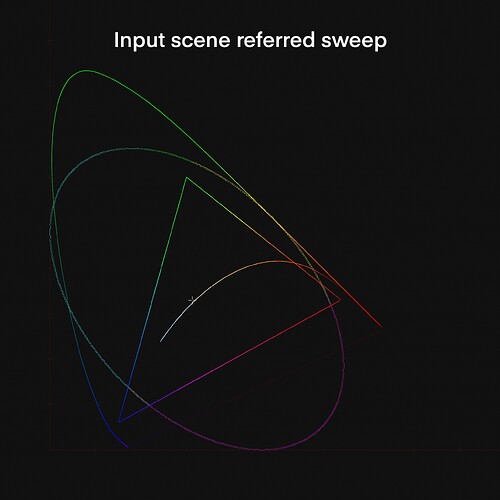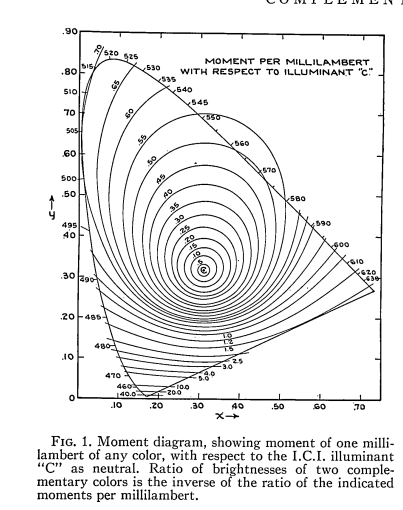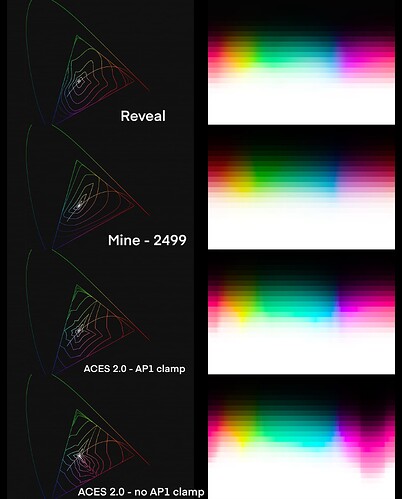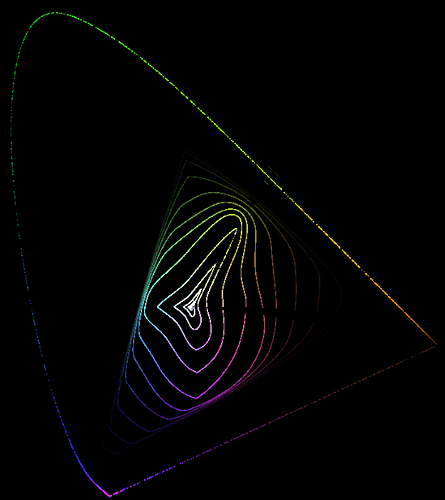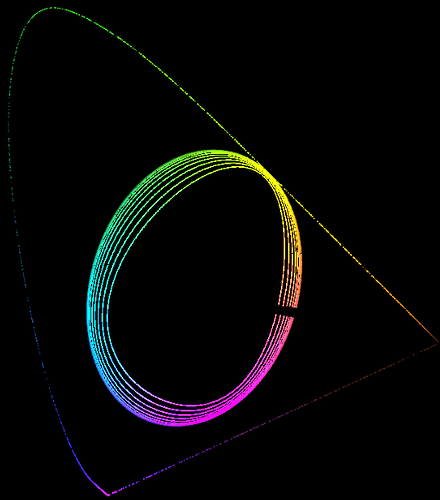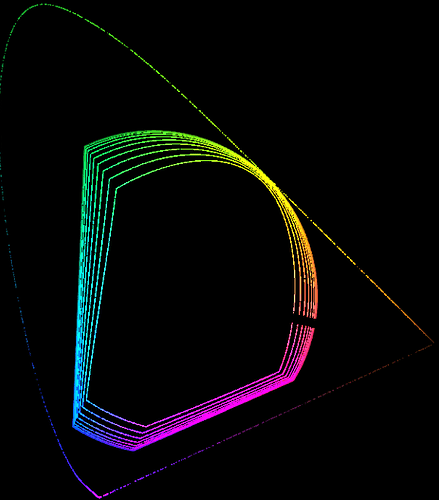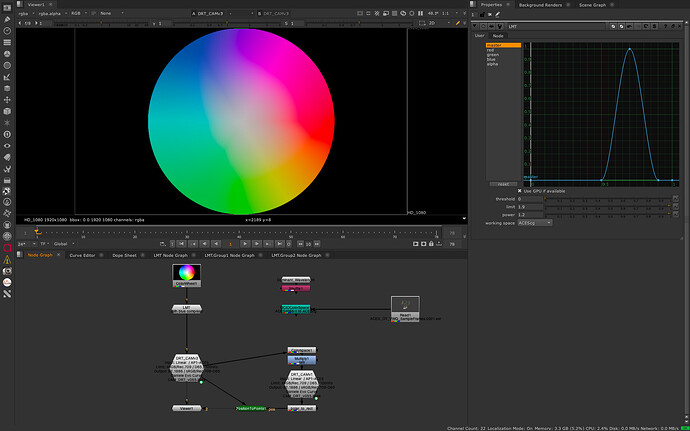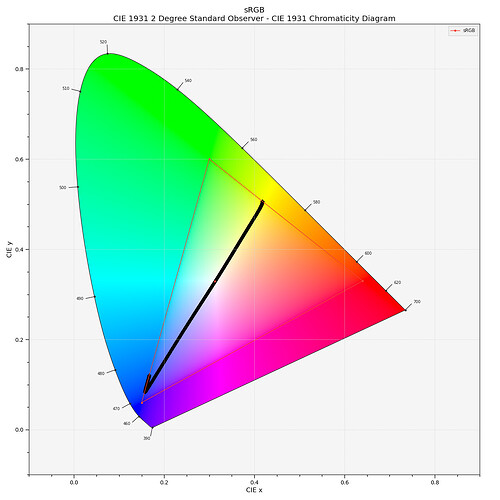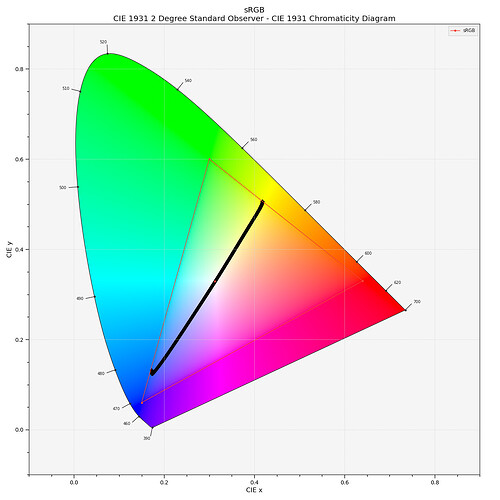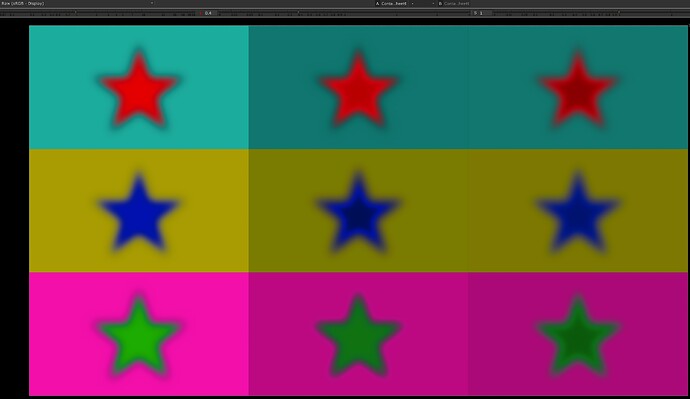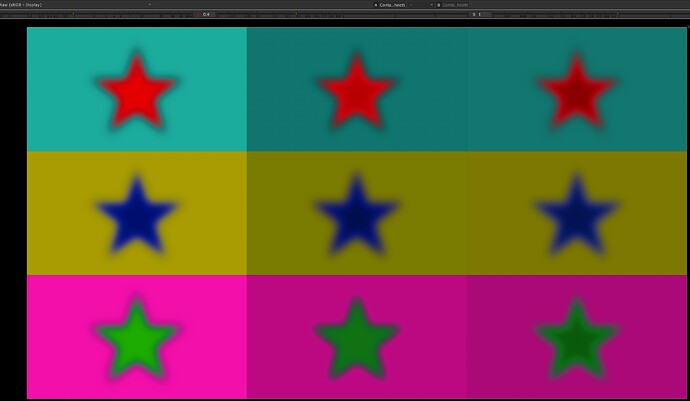(Sorry if I totally misunderstood what you mean)
I used to color grade mostly commercials during the last few years. And if there is a screen replacement of a filmed smartphone / TV - half of the time the added footage comes not as camera source files, but already graded display referred video provided by a phone / TV brand. And it not always should behave like it was really there on set and to receive the same amounts of lens flare, atmosphere fog and other artifacts. On the last project, I keyframed color grading of the composed screen according to a night club stroboscope lighting. But not in a very realistic way, otherwise it would look too dark and flat (realism rarely looks good in a commercial). So I tried to find a balance between the realism and a good looking black level of a smartphone in the frame. Or sometimes it has not to have the look of the surrounding shot scene. Or any other weird case.
And sometimes VFX guys do the chromakey after color grading, right on top of the display referred graded image. While it is completely wrong from a pipeline point of view, sometimes it’s more cost-effective for the client.
So there are all kinds of strange and “wrong” ways of using the tools. And while I agree that using DRT inverse is strange and kind of a bad thing, it still seems to be required. Too much different and weird things happening when it’s not a movie, but a quick commercial with remote post production with workers from different cities or sometimes countries. So it’s better to have a lot of various tools, including the inverse.
